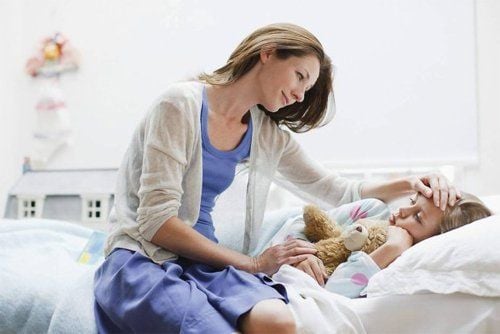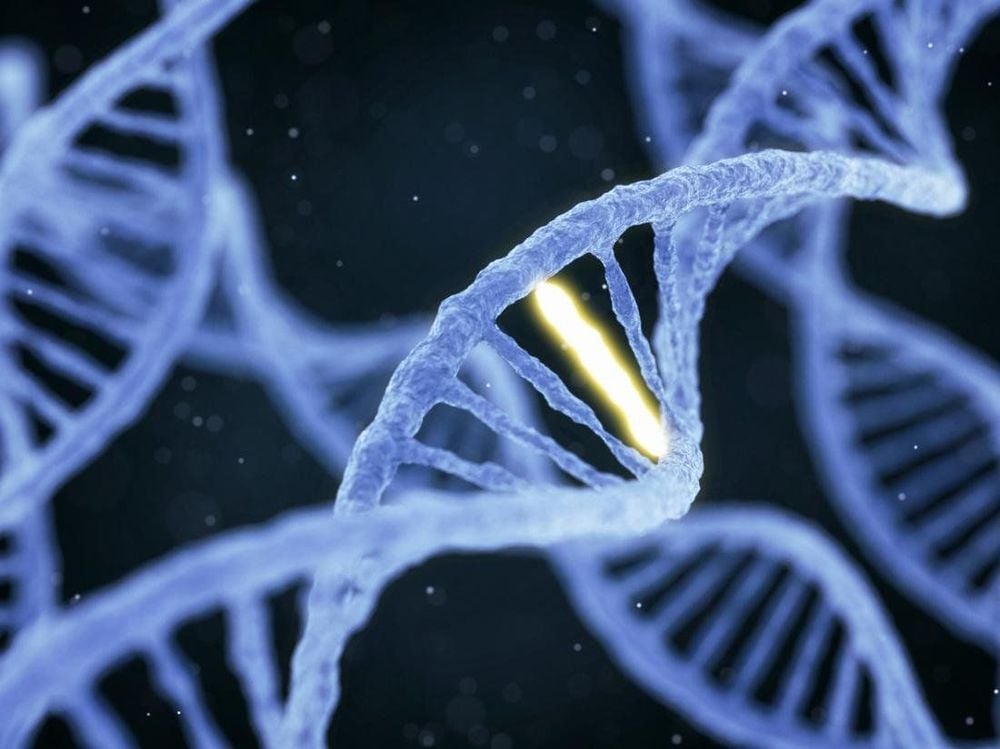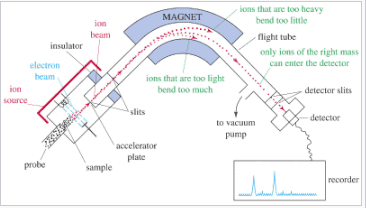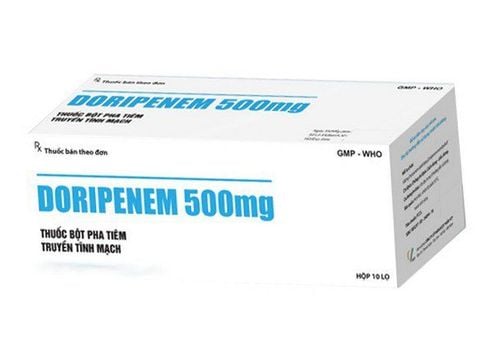This is an automatically translated article.
Batten disease is a group of rare neurological disorders that get worse over time. This group of diseases usually begins between 5 and 10 years of age. Although there are different forms of the disease, all are fatal and are usually in the late teens or early 20s.
1. What is Batten disease?
Batten disease is the collective name for a group of rare, fatal genetic disorders also known as neuronal ceroid lipofuscinoses or NCLs. In these diseases, a defect in a certain gene causes a host of problems such as interfering with the cell's ability to reuse certain molecules. This disease has several similar forms with similar characteristics and symptoms but differing in severity and age of onset. Each is caused by a mutation in a different gene. Although Batten disease was originally referred to specifically as the juvenile-onset form of NCL, the term Batten disease is increasingly being used to describe all forms of NCL.
Most forms of Batten/NCL usually begin in childhood. Children with the disease often appear healthy and develop normally before symptoms begin to appear. Newborns or newborns usually show symptoms when they are less than 1 year old. Symptoms common to most types include loss of vision, seizures, slow growth and loss of acquired skills, memory loss, and abnormal movements. As the disease progresses, a child may develop one or more symptoms including personality and behavior changes, clumsiness, learning difficulties, poor concentration, confusion, anxiety, trouble sleeping, impaired movement autonomous and slow moving.

Co giật là một triệu chứng ở trẻ mác bệnh Batten
Over time, children with this condition may experience more severe seizures and progressive loss of language, speech, memory, and motor skills. Ultimately, children with Batten disease become blind, wheelchair-bound, bedridden, unable to communicate, and lose all cognitive functions.
Currently, there is no complete cure for these disorders, but the treatment of one form of this group of diseases (CLN2) has been approved by the US Food and Drug Administration.
Children with all forms of Batten disease have a greatly shortened life expectancy. Usually, the risk of early death increases depending on the form of the disease and the age of the child when the disease begins. Children with infantile Batten disease often die early, often in early childhood, while those with later onset may live into their late teens to thirties. If the disease develops in adulthood, symptoms tend to be milder and may not affect life expectancy.
2. Some forms of Batten . disease
Initially, doctors referred to only one form of NCL as Batten disease, but now the name refers to a group of different disorders. Of the four main categories, three cause the child to go blind.
Congenital NCL affects children and can cause them to be born with seizures and abnormally small heads (microcephaly). This disease is very rare and usually the baby dies soon after birth. Neonatal NCL (Infantile NCL) usually appears between the ages of 6 months and 2 years. The disease can also cause abnormally small heads, as well as strong contractions in the muscles. Most children with this disease will die before the age of 5.

NCL bẩm sinh là một dạng bệnh Batten khiến trẻ xuất hiện những cơn động kinh
Late infantile NCL (Late Infantile NCL) usually begins between 2 and 4 years of age with symptoms such as seizures but unresponsive to medication. The disease is usually fatal when children are between 8 and 12 years old. Adult NCL (Adult NCL) onset before age 40. Although people with the disease will have a shorter life expectancy than people without the disease, the age of death can vary from person to person. Symptoms of this disease are milder and tend to progress more slowly. This form of the disease does not cause blindness.
3. What causes Batten disease?
Batten disease is a genetic disorder that affects function in cells called lysosomes. Lysosomes are the cell's "recycling bin" and regularly break down waste, proteins, and natural fatty compounds into smaller components that can be removed from the cell or recycled. Lipids include fatty acids, oils, waxes and sterols. In Batten/NCL disease, the mutated genes do not produce the proper amount of protein for the function of lysosomes. Each gene (representing a disease form) provides information for a specific protein that is mutated and not produced. These proteins are needed for brain cells (neurons) and other cells to function properly. The lack of functional protein causes abnormal accumulation of “junk” material in lysosomes, as well as abnormal accumulation of lipofuscin. Scientists do not currently know whether lipofuscin itself is toxic or if the accumulation is a sign of impaired lysosomes function.
4. How is Batten disease inherited?
Scientists do not know how many people have Batten disease today, but by some estimates, about 1 in 12,500 people in some populations have it. Batten disease affects about 2 to 4 per 100,000 children in the United States. Many people can be healthy people who carry a defective gene that can cause any NCL disease.
All people inherit two copies of genes inside their cells, one from their father and one from their mother. Batten disease is caused when both copies of a particular gene are defective. This is called autosomal recessive disease. People with only one faulty copy (carriers) will not develop symptoms and are often unaware of their own carrier status.

Bệnh Batten là một bệnh di truyền
If both parents carry a defective gene that causes NCL, there is a risk in 4 out of each pregnancy of 1 child having the disease (25%). Also, in each pregnancy, there is a 50% chance that the fetus will inherit one copy of the defective gene, which would make the child a carrier, like the parent, for one normal copy of the gene. will usually be inherited from one parent. Carriers are usually unaffected, but can pass the abnormal gene on to their children in a similar way that they have inherited from grandparents. In the end, 25% of the children inherited two completely normal genes.
A child is at risk for any form of Batten disease when (1) the child has a parent with Batten disease or (2) the child has both parents who are carriers of the NCL gene that causes the disorder but is not severely affected .
5. Diagnosis and treatment of Batten . disease
5.1. Diagnosis of Batten's disease
After reviewing your personal and family medical history and performing a neurological exam, your doctor will order a number of tests to diagnose Batten disease and its form. Currently, most diagnoses of Batten disease are made by genetic testing. Diagnostic tests may include:
DNA analysis/genetic testing performed to confirm the presence of a mutated gene that causes NCL, as well as used in prenatal diagnosis. Measurement of enzyme activity can be used to confirm or rule out CLN1 and CLN2 diseases. Blood tests or urine tests can detect abnormalities that indicate Batten disease. For example, high levels of a chemical called dolichol are found in the urine of many people with NCL and the presence of abnormal white blood cells called vacuolated lymphocytes, which are common for some people mutation disease. Skin or tissue sampling may reveal distinctive shapes formed by lipofuscin accumulation, some look like a half moon while others look like fingerprints when viewed under a special microscope . Lipofuscins are also greenish-yellow when viewed under an ultraviolet light microscope.

Điện não đồ giúp chẩn đoán bệnh Batten
Electroencephalogram (EEG) monitors brain activity using electrodes placed on the scalp. Telltale patterns of brain electrical activity suggest that the patient has epilepsy, and some patterns combined with physical examination and history may also be strongly suggestive of a particular type of NCL. Electrical studies of the eye, including visual evoked electrical responses (which measure electrical activity in the brain produced by vision) and electroencephalograms (used to detect abnormalities in the retina), can identify Eye problems are common in some forms of NCL. Sometimes the lemon yellow color of lipofuscins can be detected by examining the back of the eye. However, this technique is rarely performed today because most diagnoses can be made with DNA testing. Imaging with computed tomography (CT) and magnetic resonance imaging (MRI) scans can help doctors look for changes in the appearance of the brain.
5.2. Treatment of Batten .'s disease
Currently, there is no specific treatment that can reverse the symptoms of any form of Batten disease. In 2017, the US Food and Drug Administration approved an enzyme replacement therapy for CLN2 disease (TTP1 deficiency) called cerliponase alfa, which has been shown to slow or stop the progression of these diseases. symptom. But no treatment can slow or stop disease progression for other NCL disorders.
Seizures can sometimes be reduced or controlled with antiepileptic drugs. Other medications may also be used to treat anxiety, depression, Parkinson's disease, and muscle stiffness. When experiencing symptoms arise, based on the patient's condition, the doctor will prescribe appropriate treatment measures. Physical therapy can help people with the disease stay functional for as long as possible.
Please dial HOTLINE for more information or register for an appointment HERE. Download MyVinmec app to make appointments faster and to manage your bookings easily.
References: ninds.nih.gov, webmd.com













